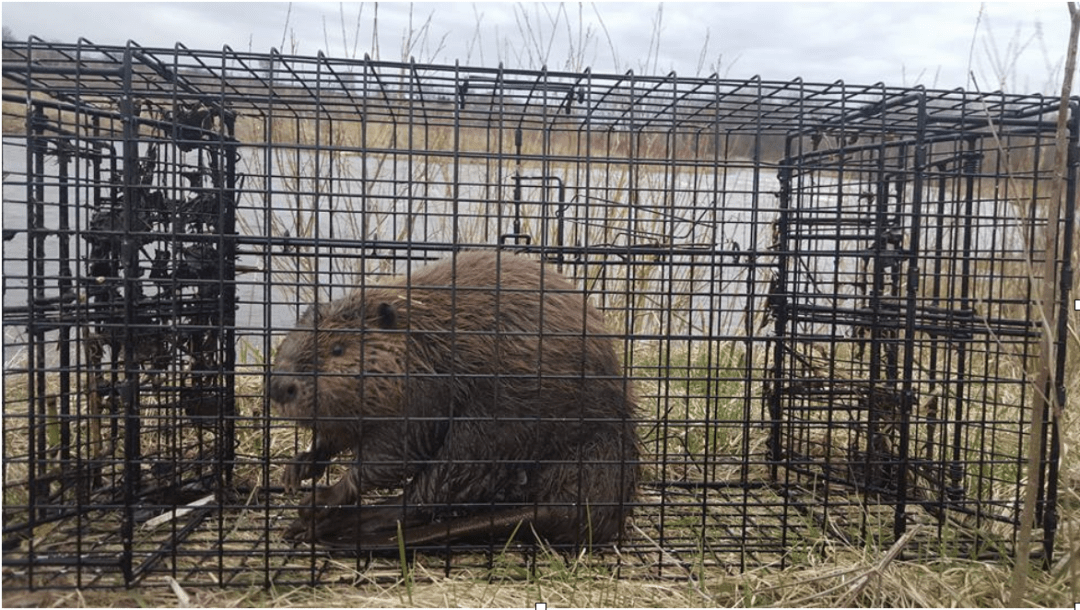Beaver Populations on the Rise in Montana
Tuesday Sep. 8th, 2020
Most home and farm owners perceive beavers as threats because of their digging and tree-eating habits. Beavers create dams and redirect waterways for their use. They have become common sights in suburban areas as a result of the deforestation habits of man. Human activities force beavers to co-exist with humans, and the beaver population has been on the rise in Montana in recent years.
BEAVER APPEARANCE, BIOLOGY, AND BEHAVIOR
Beavers are the second largest rodent in the world and can be 45 inches long and weigh up to 70 pounds. They have sharp incisions for chewing and felling trees and strong paws for digging tunnels and dams.
Beavers mate for life and do so during winter. They give birth to their young after winter, with their eyes open and the young can swim after the first 24 hours of life. The young reach maturity, become independent after about two years and leave their parents to create their families.
Beavers in a family colony mark their territory with urine in the puddles that surround their homes. They are primarily nocturnal animals, and so they sleep during the day and are active at night.
They feed on the bark of soft trees and store twigs and tree branches in their burrows for the winter. They are good at making interlacing tunnels and rarely use one exit out of the burrow. This helps them to escape from danger and reduce the traffic when bringing in food.
They alert the other beavers when there is danger by slapping their tails against the water to create some noise. The other beavers quickly take cover or escape from the exits in the tunnel. The maze of the tunnels shows that beavers are highly intelligent animals that display great engineering skills.
Beaver dams help many animal species that come to live in them, as well as farmers that benefit from the redirection of water.
BEAVER REMOVAL
Beavers feed on trees, and when their population is large, they can fell countless numbers of trees within a short period. Their burrowing activities destroy properties, damage, and weaken patios, structures, and roads. Therefore, many landowners choose to remove these critters from their yard and homes.
For tips on how to remove beavers visit howtogetridofbeaver.com and continue reading below:
Damage Beaver Dams: When you constantly destroy beaver dams and damage their lodges, they give up and leave your property.
Use Live Traps: Buy appropriate live traps, place them at the exits and lodge entrance. Beavers can be difficult and tricky to catch, so you must be creative and patient to get rid of the beavers. Another challenge is that they are nocturnal animals and eat trees and so baiting might be counterproductive.
Build Fences: Beavers move through underground tunnels, so ensure that the fence is deep under the ground and can effectively keep out the beavers.
Call Wildlife Control Services: It is best to call the wildlife control service in your state to handle a beaver infestation because they have skills and knowledge for beaver removal and relocation. They can also give you professional tips on how to prevent future beaver infestations.
The Montana Department of Fish, Wildlife and Parks are proposing a project that will re-introduce six species of beavers into the Reservoir Creek, where the beavers will remodel the land and restore the landscape. Beavers are the best natural engineers, and their activities will create a new habitat for many animal species while expressing their innate behavior.
This development is welcome in Montana, as it will have a positive impact on the land and a new habitat for the rising population of beavers in Montana rather than them encroaching on homeowner’s properties.
| Tweet |